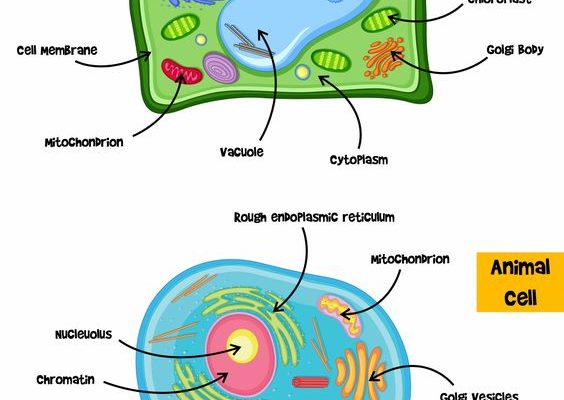5 Ways to File Bankruptcy in the United States
Bankruptcy is an option that many people consider when they are facing financial difficulties and seemingly insurmountable debt. In the United States, there are five different types of bankruptcy filings, each designed to cater to specific financial situations. This article will outline and explain these five methods for filing bankruptcy to help you determine which one might be right for you.
1. Chapter 7 Bankruptcy – Liquidation Bankruptcy
Chapter 7 bankruptcy, also known as liquidation bankruptcy, is the most common form filed in the United States. It is ideal for individuals who have little to no disposable income and whose assets are primarily unsecured debts like credit card bills or medical expenses. In this type of bankruptcy, your nonexempt assets will be sold by a trustee to pay off creditors. The process typically takes between four to six months.
2. Chapter 9 Bankruptcy – Municipality Bankruptcy
Chapter 9 bankruptcy is designed exclusively for municipalities, such as cities, towns, villages, or public agencies. It assists them in restructuring their debts while still maintaining essential public services. It is essential to note that only the municipality itself files for Chapter 9; individual residents are not affected.
3. Chapter 11 Bankruptcy – Business Reorganization
Chapter 11 bankruptcy is primarily geared towards businesses and corporations that need time to restructure their debts while continuing their operations. It allows the debtor to propose a plan of reorganization to keep its business alive and pay creditors over time. Although it can also apply to individuals with significant debt, its complexity and cost make it less common for personal cases.
4. Chapter 12 Bankruptcy – Family Farmer or Fisherman Bankruptcy
Specifically created for family farmers and commercial fishermen, Chapter 12 bankruptcy enables them to restructure their finances without having their assets liquidated completely. Under this type of filing, you can propose a repayment plan to pay off your creditors over three to five years while continuing your farming or fishing operations.
5. Chapter 13 Bankruptcy – Wage Earner’s Plan
Chapter 13 bankruptcy, also known as the wage earner’s plan, is well-suited for individuals with a regular income who want to keep their property and have enough disposable income to repay a portion of their debts. In this type of filing, you propose a repayment plan to pay off all or part of your debt over three to five years. If the court approves the plan, and you successfully complete it, you will be discharged from any remaining unsecured debts.
Conclusion
Bankruptcy can be a complex process, and deciding which type is best for you involves evaluating your financial situation and goals carefully. It’s essential to consult a knowledgeable bankruptcy attorney for professional advice tailored to your unique circumstances before proceeding with any bankruptcy filing.






